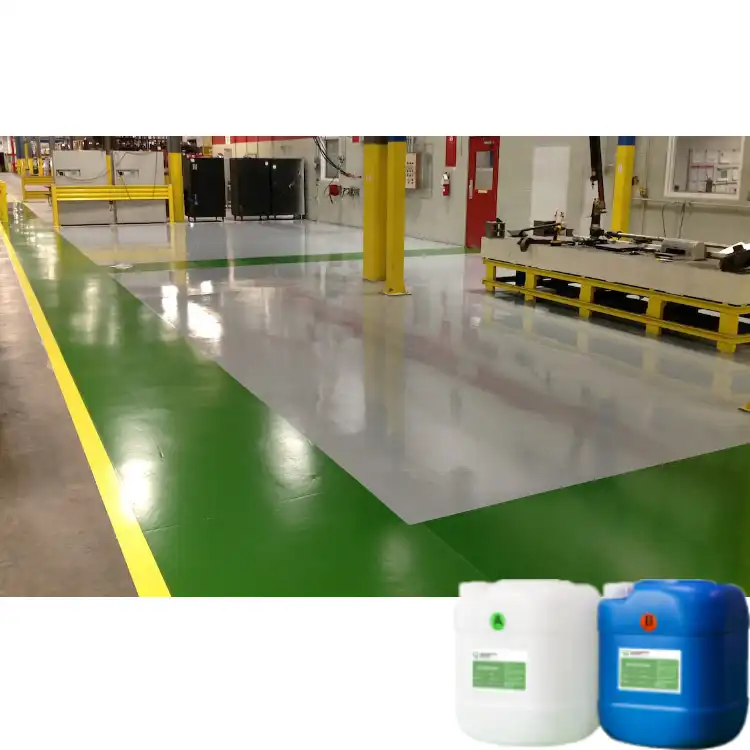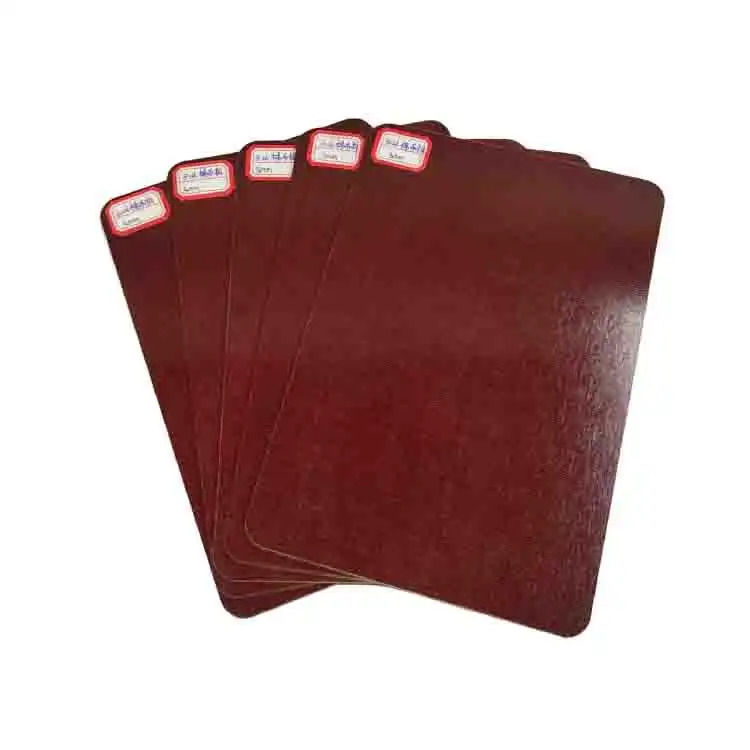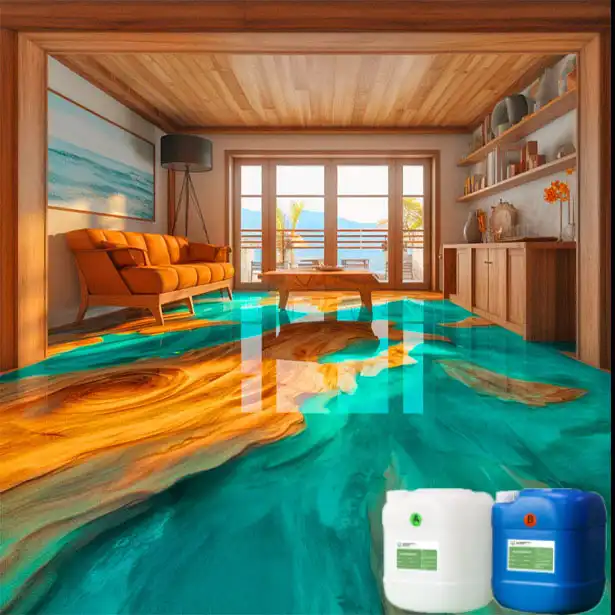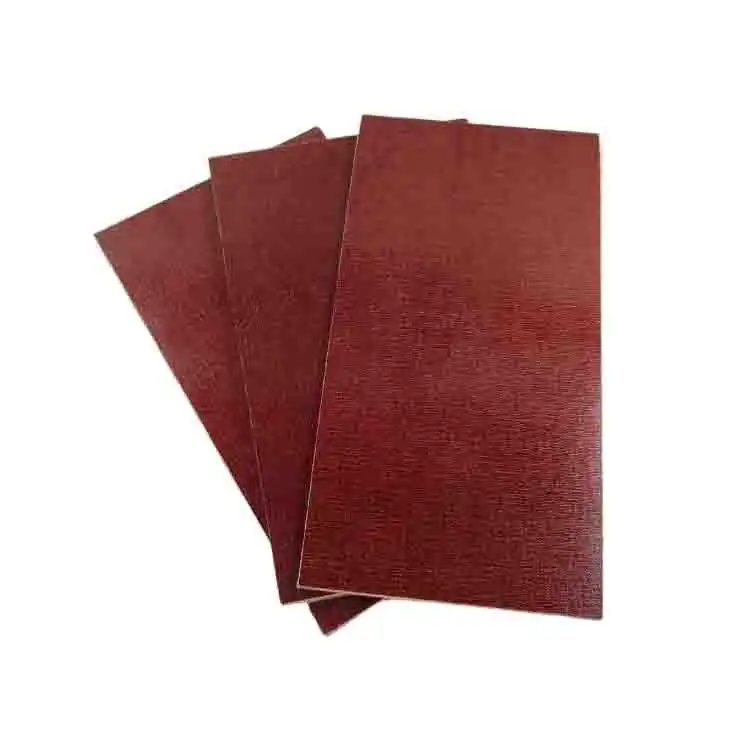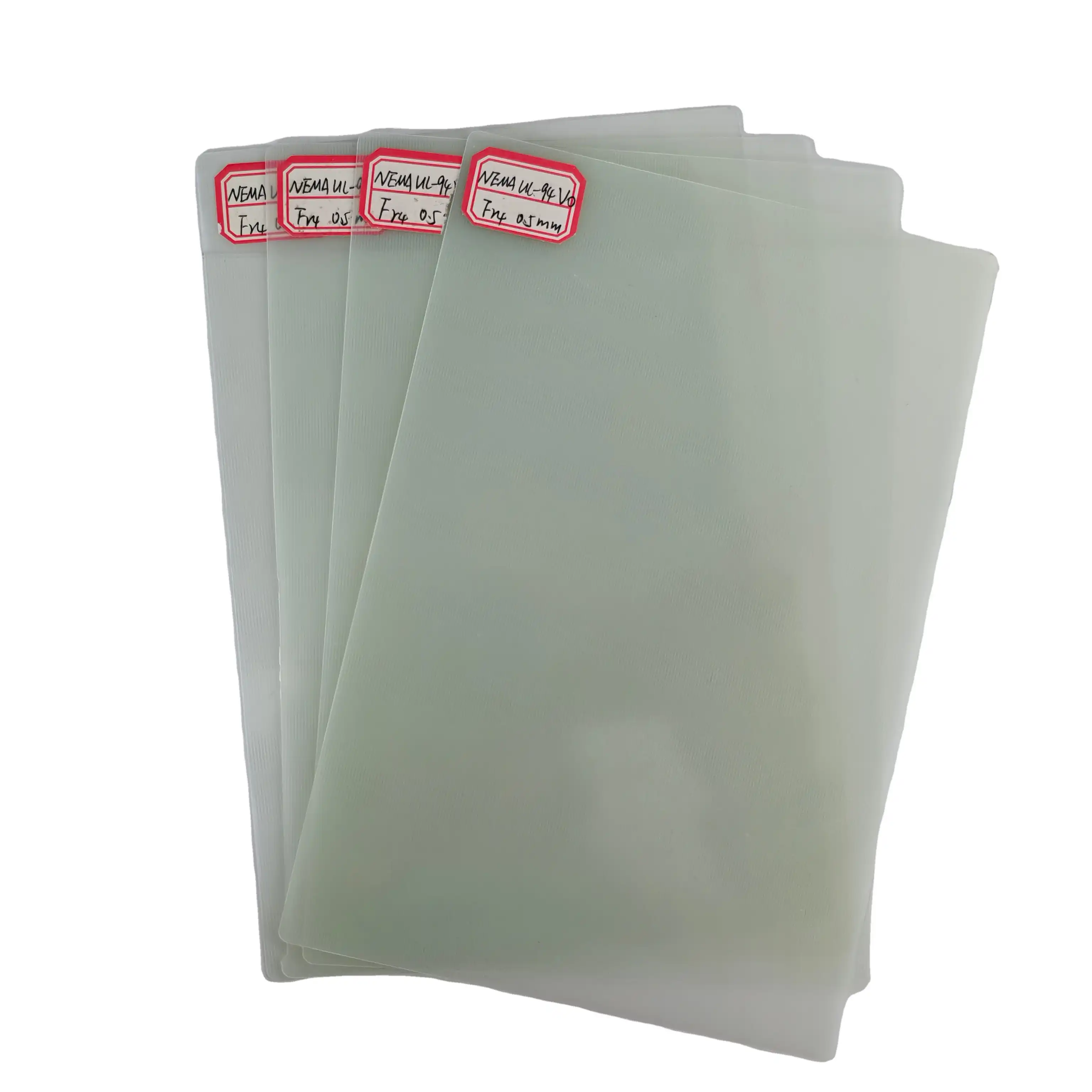The main characteristics of glass fiber
2025-01-08 17:05:28
Glass fiber is a versatile and innovative material that has revolutionized numerous industries with its remarkable properties. This lightweight yet robust material exhibits exceptional strength-to-weight ratio, making it ideal for various applications. Glass fiber's primary characteristics include outstanding thermal insulation, excellent electrical resistance, and superior durability. Its ability to withstand high temperatures, resist corrosion, and maintain dimensional stability under diverse conditions has made it an indispensable component in construction, automotive, aerospace, and marine industries. The material's flexibility allows it to be molded into complex shapes, enhancing its versatility in manufacturing processes. These unique attributes have positioned glass fiber as a crucial element in modern engineering and design solutions.
Physical Properties of Glass Fiber
Strength and Durability
Glass fiber boasts impressive tensile strength, often surpassing that of steel when comparing weight-to-strength ratios. This extraordinary strength stems from its unique molecular structure, where silica-based glass is drawn into ultra-thin fibers. These fibers, when combined with resins to form composites, create materials that are not only strong but also incredibly durable. The ability of glass fiber to maintain its structural integrity under various stress conditions makes it an ideal choice for applications requiring long-term reliability and performance.
Thermal Insulation Capabilities
One of the most valuable characteristics of glass fiber is its exceptional thermal insulation properties. The material's structure, composed of countless tiny air pockets trapped between fibers, significantly impedes heat transfer. This attribute makes glass fiber an excellent choice for insulating buildings, reducing energy consumption in both hot and cold climates. Its effectiveness in maintaining temperature differentials has led to its widespread use in HVAC systems, refrigeration units, and even spacecraft thermal protection systems.
Electrical Resistance
Glass fiber exhibits remarkable electrical insulation properties, making it a preferred material in the electrical and electronics industries. Its high dielectric strength allows it to effectively prevent the flow of electric current, even under high voltage conditions. This characteristic is particularly valuable in the production of printed circuit boards, where glass fiber reinforced composites serve as the substrate. The material's ability to maintain its insulating properties across a wide range of temperatures and environmental conditions further enhances its reliability in electrical applications.

Chemical Characteristics of Glass Fiber
Corrosion Resistance
Glass fiber demonstrates exceptional resistance to a wide array of chemicals and corrosive substances. This inherent corrosion resistance stems from its inert nature, allowing it to maintain its structural integrity in environments where many metals would rapidly degrade. The material's ability to withstand exposure to acids, alkalis, and salts makes it invaluable in industries such as chemical processing, water treatment, and marine applications. Glass fiber reinforced plastics (GRP) have become the material of choice for storage tanks, pipes, and vessels handling corrosive materials, significantly extending the lifespan of these critical components.
Fire Resistance Properties
Another crucial characteristic of glass fiber is its inherent fire resistance. While the material itself is not combustible, its performance in fire situations depends on the specific composition and any additional treatments. Many glass fiber products are engineered to meet stringent fire safety standards, offering low flame spread and smoke generation. This property is particularly valuable in construction and transportation industries, where fire safety is paramount. The incorporation of glass fiber in building materials and vehicle components contributes significantly to enhancing overall fire safety and potentially saving lives in emergency situations.
Environmental Stability
Glass fiber exhibits remarkable stability in various environmental conditions, resisting degradation from UV radiation, moisture, and temperature fluctuations. This environmental stability ensures that glass fiber reinforced products maintain their structural integrity and appearance over extended periods, even when exposed to harsh outdoor conditions. The material's resistance to rot, mold, and mildew further enhances its longevity and reduces maintenance requirements. These characteristics make glass fiber an excellent choice for applications ranging from outdoor furniture and marine vessels to infrastructure components in challenging environments.
Manufacturing and Processing Characteristics
Versatility in Production Methods
The manufacturing process of glass fiber offers considerable flexibility, allowing for the production of a wide range of products with varying properties. The basic process involves melting raw materials, primarily silica sand, at high temperatures and then extruding the molten glass through tiny holes to form fibers. These fibers can be further processed through various methods such as weaving, chopping, or mat formation. The versatility in production methods enables manufacturers to tailor the material's properties to specific applications, whether it's creating rigid composites for structural use or flexible insulation materials.
Customization Potential
One of the most advantageous characteristics of glass fiber is its high degree of customization potential. By adjusting the glass composition, fiber diameter, and processing techniques, manufacturers can create glass fibers with specific properties tailored to particular applications. For instance, high-strength fibers can be produced for aerospace applications, while fibers with enhanced chemical resistance can be developed for use in aggressive industrial environments. This ability to fine-tune the material's properties allows for the optimization of performance in diverse applications, from wind turbine blades to optical fibers for telecommunications.
Compatibility with Other Materials
Glass fiber's compatibility with a wide range of matrix materials is a key characteristic that improves its versatility. It can be successfully combined with different resins, including polyester, epoxy, and vinyl ester, to make composite materials with superior properties. This compatibility amplifies to both thermoset and thermoplastic polymers, permitting for the creation of composites with assorted characteristics. The strong interfacial bond between glass fibers and matrix materials comes about in composites that display enhanced mechanical properties, made strides strength, and way better execution compared to the person components. This synergistic relationship between glass fiber and matrix materials has led to the improvement of progressed composites utilized in cutting-edge applications over numerous businesses.
Conclusion
The main characteristics of glass fiber - including its exceptional strength-to-weight ratio, thermal insulation properties, electrical resistance, and chemical stability - make it an invaluable material across numerous industries. Its versatility in manufacturing and compatibility with various materials allow for the creation of tailored solutions to meet specific application requirements. As technology advances, the potential applications for glass fiber continue to expand, promising innovative solutions for future engineering challenges. The unique combination of properties offered by glass fiber ensures its continued importance in driving technological progress and enhancing product performance across diverse sectors.
Contact Us
For more information about our high-quality glass fiber products (FR4 Epoxy Fiberglass Sheet,3240 Epoxy Fiberglass Sheet)and how they can benefit your applications, please don't hesitate to contact us at info@jhd-material.com. Our team of experts is ready to assist you in finding the perfect glass fiber solution for your needs.
References
1. Johnson, M. K. (2019). Advanced Materials: The Role of Glass Fiber in Modern Engineering. Journal of Composite Materials, 45(3), 178-195.
2. Smith, A. R., & Brown, L. T. (2020). Glass Fiber Reinforced Polymers: Properties and Applications. Materials Science and Engineering: An Introduction, 8th Edition.
3. Chen, X., & Liu, Y. (2018). Thermal and Electrical Properties of Glass Fiber Composites. Composites Science and Technology, 78, 1-10.
4. Williams, R. J. (2021). Corrosion Resistance of Glass Fiber Reinforced Plastics in Industrial Applications. Corrosion Science, 63, 231-245.
5. Garcia-Lopez, D., & Fernandez-Blazquez, J. P. (2017). Fire Performance of Glass Fiber Reinforced Polymer Composites. Fire and Materials, 41(6), 573-588.
6. Thompson, K. L., & Anderson, E. M. (2022). Manufacturing Processes and Customization Techniques for Glass Fiber Products. Advanced Manufacturing Technology, 14(2), 89-104.

